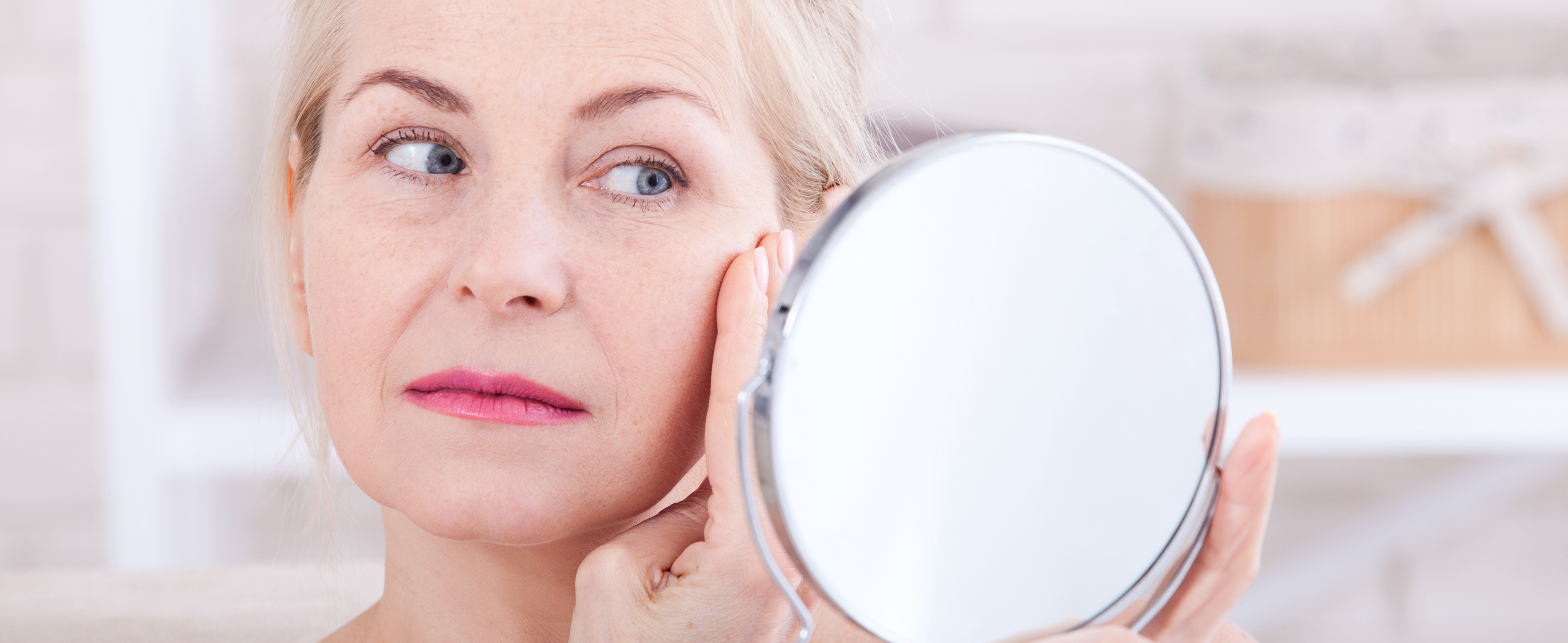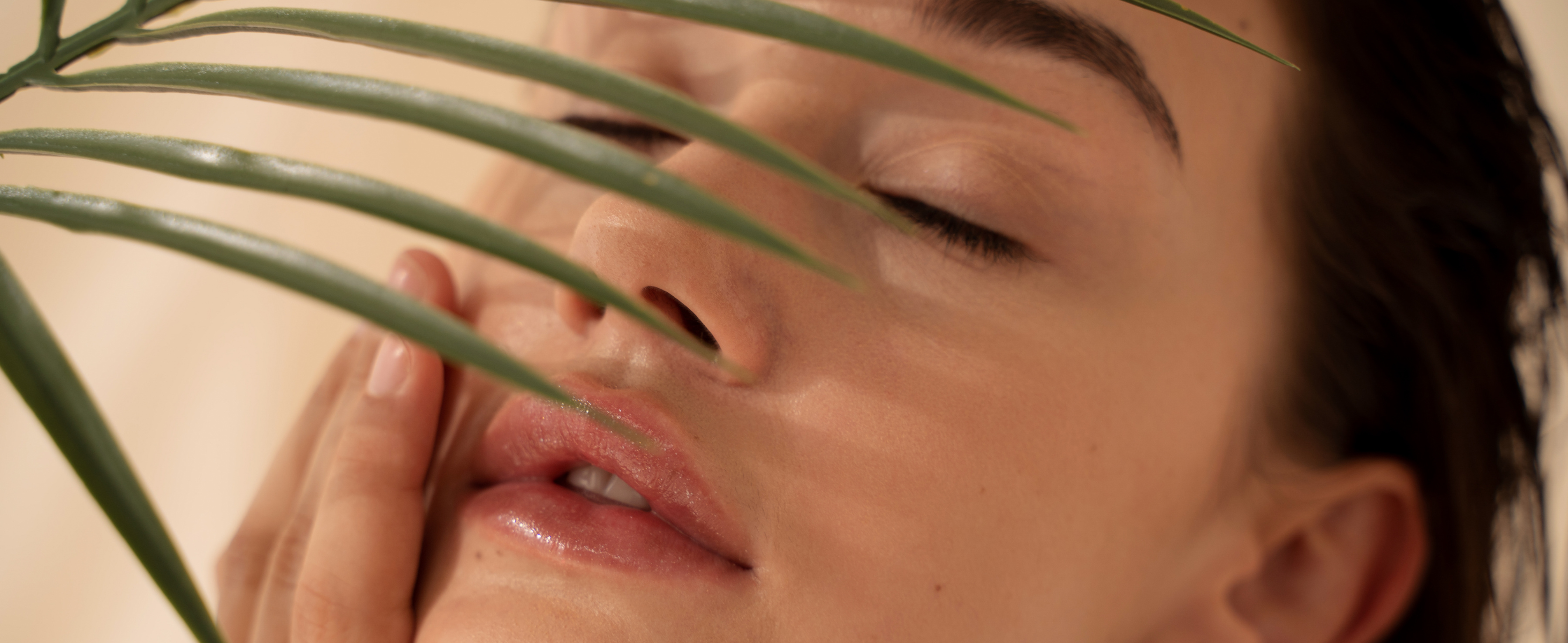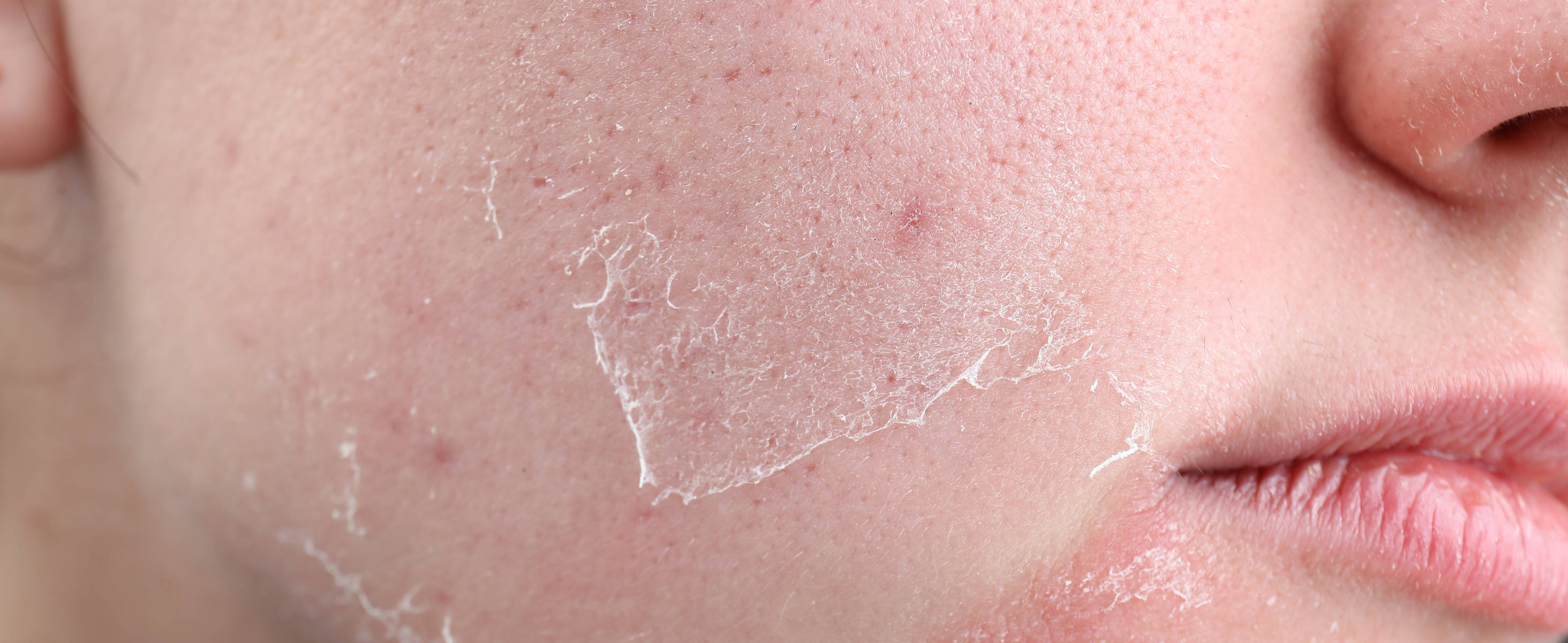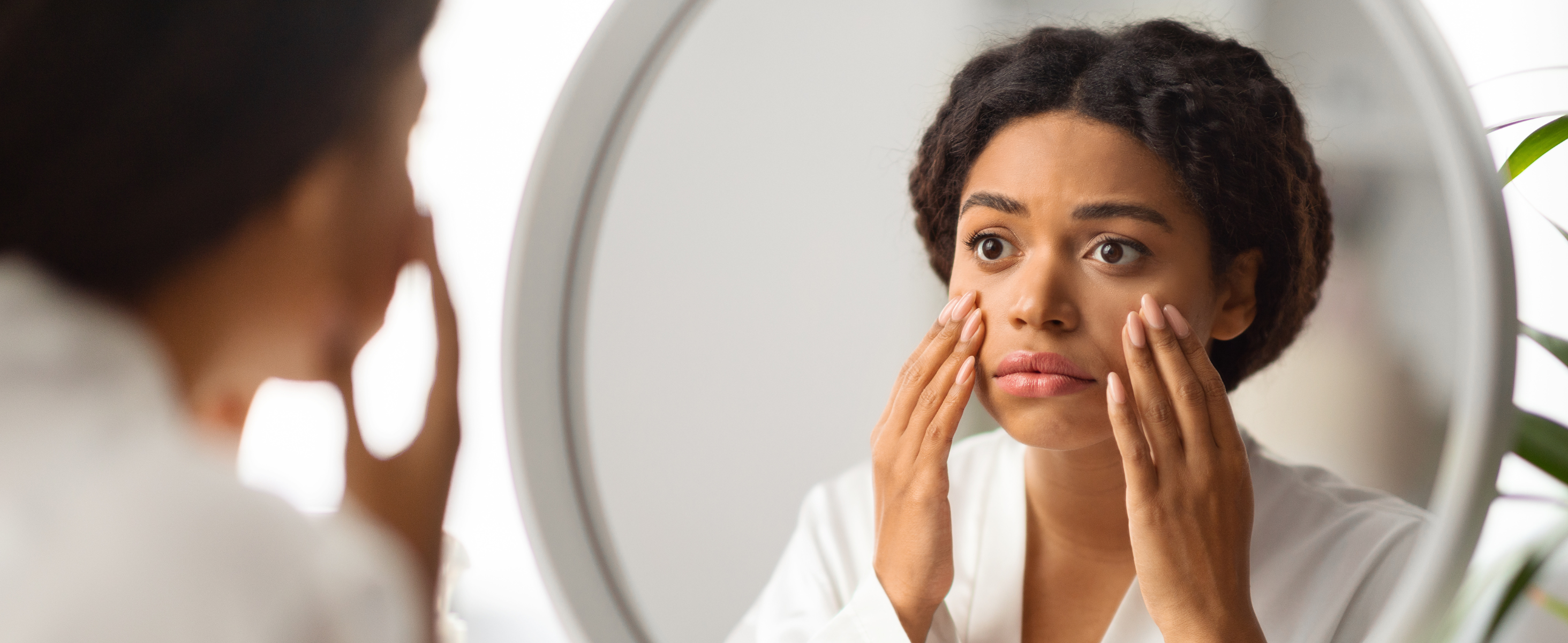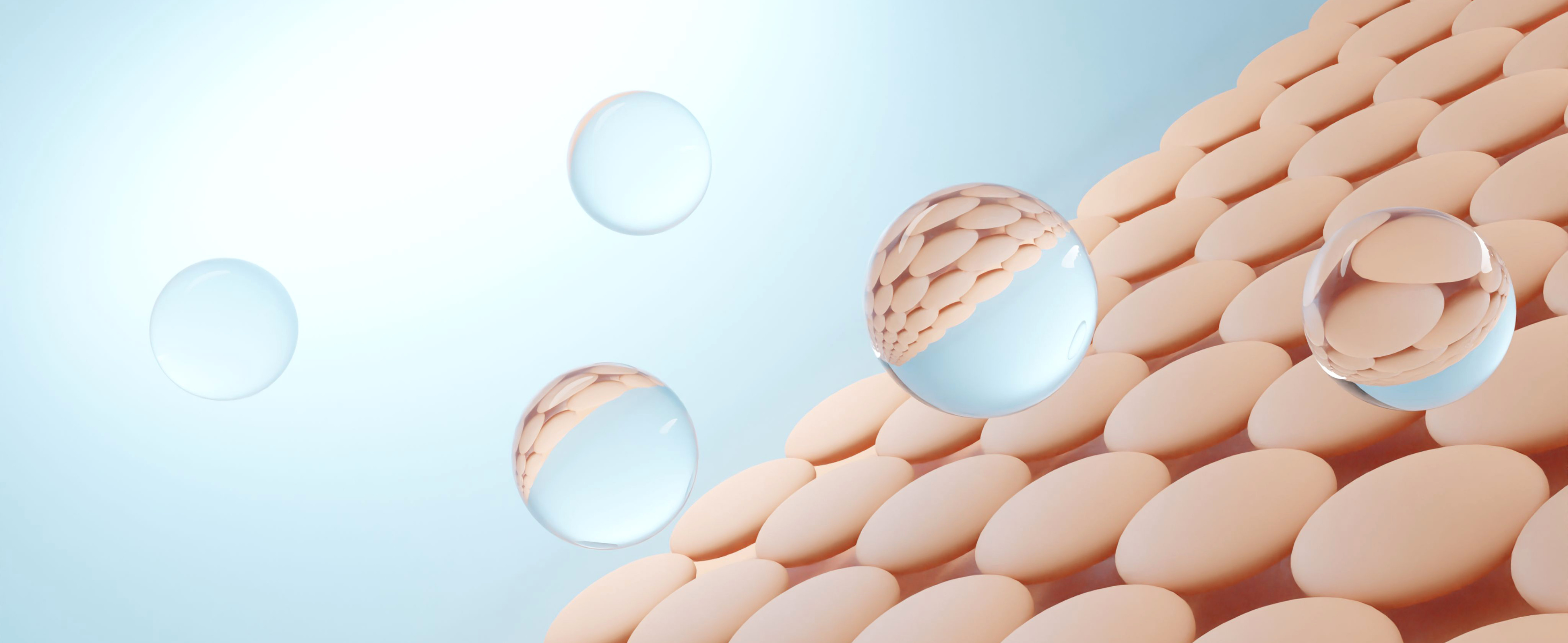Let’s be real—nothing throws off your whole look like waking up with puffy bags under your eyes. Whether you slept like a baby or binge-watched until 2 AM, those swollen under-eye areas can make you look more fatigued than you actually feel.
But what exactly causes them? And more importantly, how can you reduce their appearance without booking an expensive treatment or going under the knife?
Let’s break it down.
What Are Bags Under the Eyes?
Under-eye bags refer to mild puffiness or swelling beneath your eyes. They’re super common, especially as we age. The skin under your eyes is already thinner and more delicate than the rest of your face, and as time passes, it loses elasticity and firmness. This makes it easier for fluid and fat to accumulate in that area, resulting in that puffy, swollen look.
In most cases, under-eye bags are a cosmetic issue, not a medical one. They rarely indicate a serious condition—but they can definitely be frustrating.
Common Symptoms of Under-Eye Bags
Under-eye bags can show up in a few ways:
- Mild swelling or puffiness
- Loose or sagging skin under the eyes
- Dark circles or shadows that make you look even more tired
These symptoms usually become more noticeable in the morning and tend to improve throughout the day.
When Should You See a Doctor?
While under-eye bags are usually harmless, there are a few cases where medical advice might be necessary. Consider seeing a healthcare provider if you experience:
- Blurred or impaired vision
- Eye pain or irritation
- Skin rashes around the eyes
- Headaches that accompany swelling
A doctor may rule out more serious conditions like thyroid eye disease, kidney issues, or skin-related disorders like dermatitis or allergies.
What Really Causes Under-Eye Bags?
There’s no single cause—but several things contribute to that puffy look under your eyes. Here are some of the most common culprits:
1. Aging
As you get older, the tissues and muscles supporting your eyelids begin to weaken. Fat that’s usually tucked around the eye can shift downward, causing bulging. Plus, collagen loss leads to thinner, looser skin.
2. Fluid Retention
Had a salty dinner? You might wake up with puffiness the next morning. Water tends to accumulate in the under-eye area when you lie flat for long periods or eat high-sodium foods.
3. Lack of Sleep
Sleep deprivation can dilate blood vessels and cause fluid to collect beneath your eyes, giving you that puffy, dark-circled look.
4. Allergies
When your body reacts to allergens, it releases histamines that can trigger inflammation and swelling—especially around the sensitive eye area.
5. Smoking
Tobacco use breaks down collagen and speeds up skin aging, leading to sagging and puffiness around the eyes.
6. Genetics
Sometimes it’s just in your DNA. If your parents had prominent under-eye bags, chances are you might, too—even at a young age.
7. Medical Conditions
Certain health issues like dermatitis, thyroid eye disease, or kidney problems can contribute to swelling under the eyes. Always rule these out if your symptoms are sudden or severe.
How to Reduce Under-Eye Bags Naturally
Luckily, you don’t always need fancy treatments to improve the look of under-eye bags. Here are some at-home tips that can help:
- Cold Compresses
Applying something cold (like chilled spoons, cucumber slices, or a gel eye mask) helps constrict blood vessels and reduce swelling.
- Elevate Your Head While Sleeping
Sleeping with your head slightly elevated can prevent fluid from pooling under your eyes.
- Stay Hydrated
Drink plenty of water to flush out excess sodium and keep your skin looking fresh.
- Watch Your Salt Intake
Cutting down on salty foods can minimize overnight fluid retention, especially in the face.
- Get Enough Sleep
Aim for 7–9 hours of quality sleep each night. Your skin repairs itself while you sleep—don’t skip it!
- Quit Smoking
This one’s huge. Giving up tobacco can dramatically improve the health and elasticity of your skin.
Use the Right Skincare
Look for eye creams with ingredients like:
- Caffeine: Helps reduce puffiness
- Hyaluronic acid: Adds hydration and plumpness
- Peptides: Stimulate collagen production
- Vitamin C: Brightens dark circles and improves skin tone
Final Thoughts
Under-eye bags might be a natural part of aging, but that doesn’t mean you have to live with them. By understanding what causes puffiness and making a few lifestyle tweaks, you can reduce their appearance and restore a more youthful, refreshed look.
And remember: self-care isn’t just about looking good—it’s about feeling your best, too.


